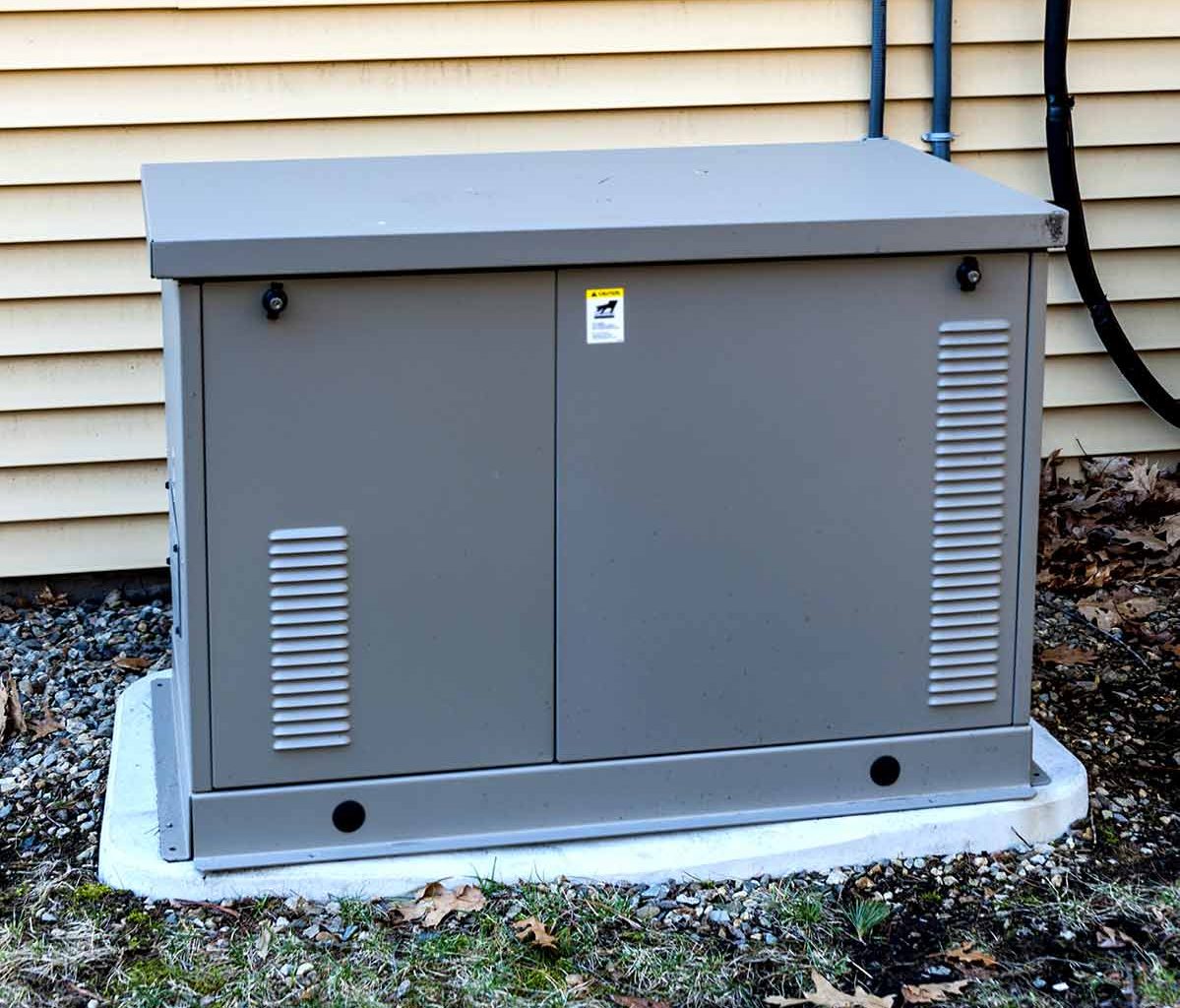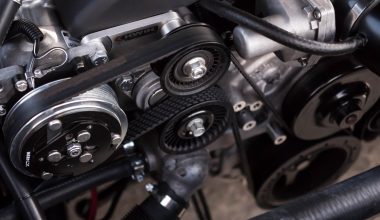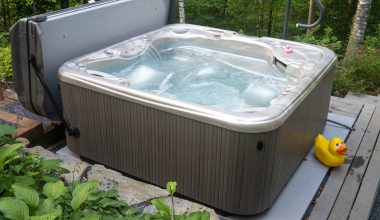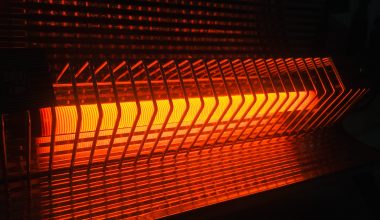Portable generators are a very useful tool to have in your home, whether to provide backup power or to use with outdoor tools. Many are very noisy however, and if you plan to use it for any length of time, you might be looking for ways to soundproof your portable generator.
In this article, we’ll go through some of the ways you can soundproof a portable generator. Remember that you will never be able to make your generator totally silent, but you can certainly do things to reduce the noise by 10 or 20db.
1. Place Your Generator On A Sound Absorbing Mat
A simple way to soundproof your portable generator is to place it on a vibration reducing rubber mat. When your generator runs, it vibrates, creating noise. If for instance, you placed it on a hardwood bench, it would be noisier than if it were placed on the ground.
Even better than placing it on the ground is to place it on a rubber mat. These absorb the vibrations of the generator, and help to make it run much quieter.
2. Make A DIY Soundproof Box
One of the most popular methods to soundproof your generator is to assemble a soundproof generator box. These go over the top of your generator, and help to muffle the noise while the machine is running. These can be used for permanent or mobile setups, and also prevent your generator getting damaged by the elements.
You will need:
MDF or Plywood Board
1” Square Wood (for the frame)
2” Wood Screws
A cordless impact driver or drill
A saw
A tape measure
Some metal pipe to extend the exhaust
There are two approaches to making a soundproof box for your portable generator, the non-insulated and the insulated version. In the non-insulated version, you will measure up and screw together a wooden frame that is approximately 4” larger than your generator in all directions. Then you simply screw the plywood panels to the frame, and cut a hole for the exhaust pipe. You should also be sure to leave a 3” wide slot along one side of the box to allow air to circulate and cool the generator.
The insulated version works very similarly, but instead uses an insulated wall to damped the noise even further. Although it is a little more difficult to build, it does reduce the noise more. This video does a good job of describing how to build one:
3. Buy A Generator Box
The next option – which some people will find easier – is to simply purchase a generator box. These professionally designed solutions address the two biggest problems associated with putting a generator in a box – heat and air circulation.
Our top recommendation is a company called Zombie Box, who specialize in generator boxed. These are mainly aimed at buyers looking for a permanent solution, but are quick to assemble (roughly 7minutes) and protect your generator from the elements.
Another popular company is Hapco, who also make boxed designed to house generators. Their Genbox will easily fit a Honda EU2200i, and many other small 2000W portable generators.
4. Attach A New Muffler
Another popular solution is to attach a larger and more powerful muffler to your generator. Depending on what generator you have, these can be very simple to install, as all you require is some flexible metal piping and some metal pipe connector clips.
Car mufflers are very popular, and are easy to obtain online or from an auto repair shop. For smaller generators, you can use smaller mufflers. Simply connect up the muffler to the generator exhaust with the connector, and you are good to go.
5. Place Your Exhaust Under Water
Ever wondered why boat motors are relatively quieter than land-based motors? Well, it turns out that the majority of noise from a motor comes out from the muffler. On boats, the muffler outlet is located under the water, which makes them significantly quieter, as the water absorbs the noise.
You can recreate this effect by using a large heat-resistant pipe to redirect your generator exhaust into a bucket of water. Always make sure the generator is above the water to make sure it doesn’t flow back into the engine, but this approach does work. Also be sure to use heat resistant metal pipe, as you muffler will get hot.
6. Point Your Exhaust Up In The Air
An easy trick to is to orient your generator so your exhaust is pointing up in the air. You can do this by repositioning your generator, or by attaching a metal pipe to the end of your muffler.
This approach works because it directs the noise from the motor upwards, rather than horizontally at ground level.
Conclusion
Often, it is a combination of these approaches that will produce the best result. Our personal recommendation is to use a vibration reducing mat along with a purpose build generator box. The combination of these two approaches allows you to reduce the noise of your machine by almost 20db.






